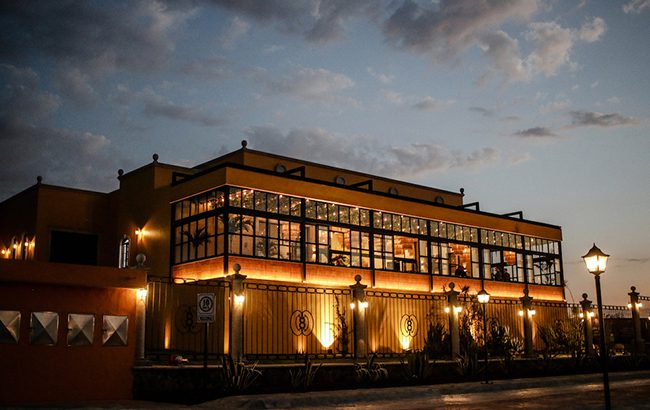Ocho Tequila opens new brand home
Tequila producer Ocho has opened its new distillery and visitor experience in Jalisco, Mexico, which will boost the brand’s production capacity.

The new site, called Los Alambiques, is located on a hill among the distillery’s agave fields, which overlook Arandas.
The land is known as El Cerro del Gallo and belonged to master distiller Carlos Camarena’s grandfather, Don Felípe Camarena.
The facility also includes an on-site cantina, restaurant and a visitor centre with a barrel centre underneath. The cantina is named ‘La Cantina de Don Tomas’ in honour of Ocho’s late co-founder, Tomas Estes, who died in April 2021.
In 2008, Estes co-founded Tequila Ocho, a single-estate brand now sold in more than 20 countries. The brand was the result of a collaboration between Estes and the Camarena family, who produce Tequila Tapatio.
Camarena said: “As Tequila Ocho has grown, both in size and stature within the Tequila category, the time is right for a new home. Over the last four years, with Tomas’ blessings and his son, Jesse, continuing his legacy, we have worked to build a new facility which will allow Tequila Ocho to continue to flourish for decades.”
The new site expands capacity while ensuring traditional production processes remain unaltered.
The agave is slow-roasted in stone ovens for 48 hours, then cooled in the ovens for an additional 24 hours. It is then crushed and fermented in wooden fermentation vats.
Afterwards, the agave juices are double distilled, first in a stainless pot still with copper components, and then a small fully-copper pot still.
The bottling line is overseen by more than 100 workers who add the labels and inspect the bottles by hand.
“It’s a job that could be done more quickly and efficiently using machinery,” Camarena added. “But then most of these hard-working people would struggle to find employment.
“At Tequila Ocho, our team being able to take money home every week is more important than machine-driven efficiency.”
Leftover agave fibres and vinasses from production are used for compost, which goes back to the Camarena family’s agave fields as fertiliser.
Furthermore, all packaging materials not used in the final product are recycled. The site is also planning to recycle rainwater and use solar panels for electricity.
Related news
